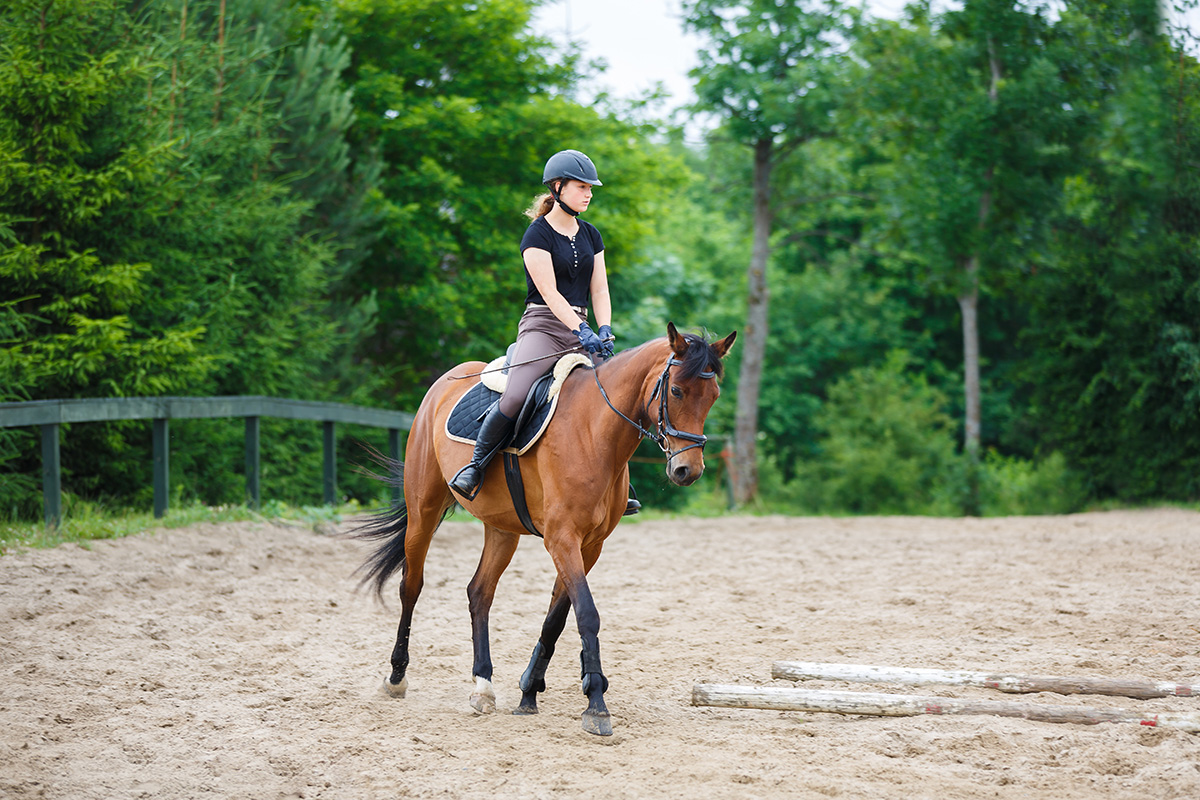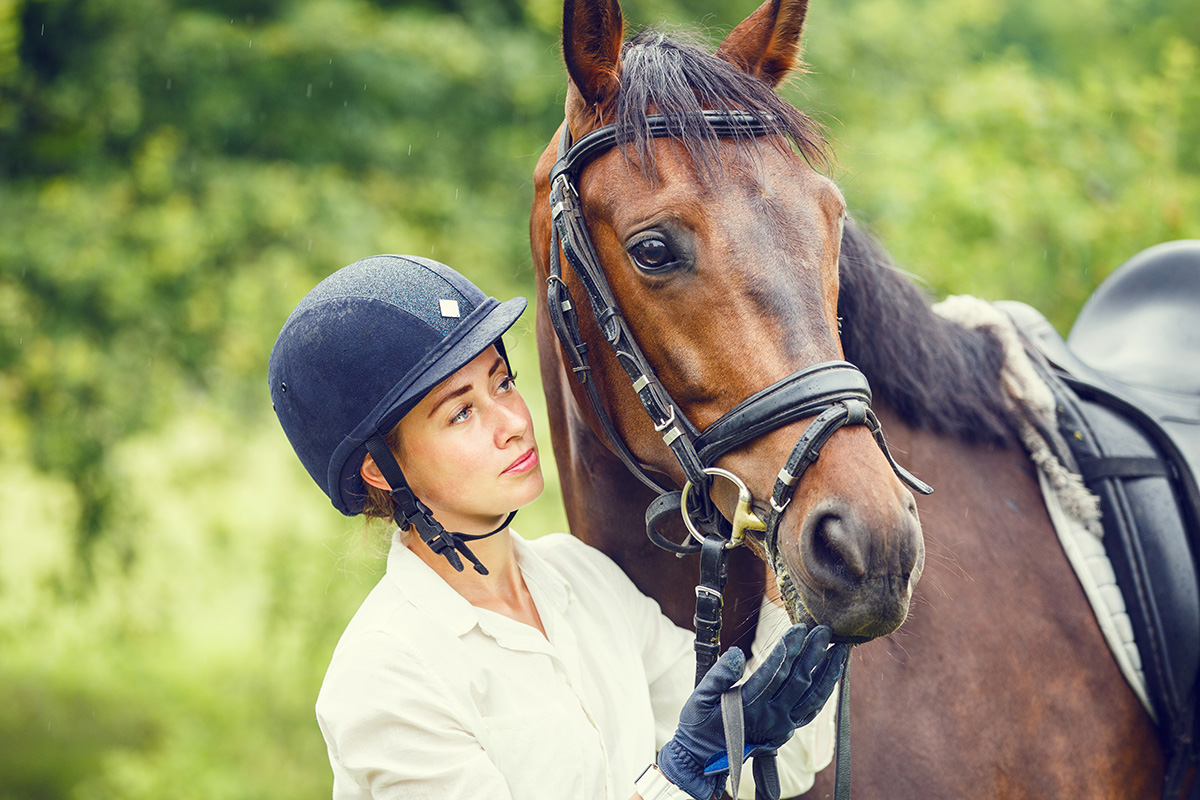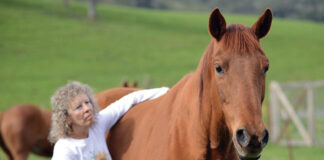
Spring is a crucial time to start getting your horse slowly back in shape and reach your goals for later this year. What do you dream of and hope to accomplish this year with your horse? What steps do you need to take in order to accomplish these goals? What exercises might your horse require to get back into shape and perform their best? Be sure to talk to your coach and veterinarian and let them know what your goals are so they can help you come up with a plan to set in motion.
Many successful riders create their own “SMART” goals for themselves and their horses, or goals that are Specific, Measurable, Attainable, Realistic and Timely. Stay on track this spring by using this highly successful method below.
What Are SMART Goals?
Smart: “I want to improve” is not specific enough. Think what about what you want to achieve with a timetable in mind. An example would be, “I want to learn the USEF Dressage First Level Test 1 and memorize it by next month.”
Measurable: “I want to improve my First Level Test 1 score by 2 points” is a measurable goal that is specific as well.
Attainable: Make sure you and your horse can achieve the task. The task should be challenging but not one that is too difficult. If your horse is already struggling to perform skills at Level 2, don’t push it and ask him to do those tests yet at a show.
Realistic: Achieving goals requires commitment. Make sure you and your horse are motivated, willing and able to make your goal happen.
Timely: Every goal needs a deadline to keep you focused and working toward it. Set a date by which you want to accomplish your goal. Then, check in with yourself to see how you are progressing and if minor changes need to be made to meet your timeline.
An Example of a Complete SMART Goal
Instead of saying “I want my horse to listen to me,” a SMART goal would sound more like, “I want to improve my horse’s responsiveness to my aids. I will accomplish this by doing 15 sets of up and down transitions (walk to trot, trot to canter, trot to halt)—asking once, then demanding the second time—during each ride for two weeks.”
How Might Goal-Setting Positively Impact a Rider’s Mindset?
Writing down something about your daily activities with your horse is very rewarding to see the progress you make as an equestrian. Sometimes progress can take a while to see, as progress is not liner. You may find some days where everything is going well and other days not so much, but progress is not the moment. Rather, progress is a continuation of moments over the long run. When you have notes, photos and videos of your sessions, it really helps put everything into perspective as you work toward your goals, not to mention this makes for wonderful memories to look back on!
Journaling your daily progress helps maintain a positive mindset. Upon reflection, you will likely learn something new about your horse or yourself and feel proud of an accomplishment or progress after each session. In addition, it’s helpful to record behaviors, attitudes and anything about your horse’s health.

Finally, remember to celebrate and reward your horse (and yourself) for the daily progress you achieve together. It’s about the journey you are on as a team and the beautiful partnership you continue to build. If you need to reevaluate your goals, change them or make adjustments, that’s OK. Your long-term goals are made up of many small daily accomplishments. Good luck with your goals and have fun on your journey with your horses this year!
This article about SMART goals for horses and equestrians is a web exclusive for Horse Illustrated magazine. Click here to subscribe!





